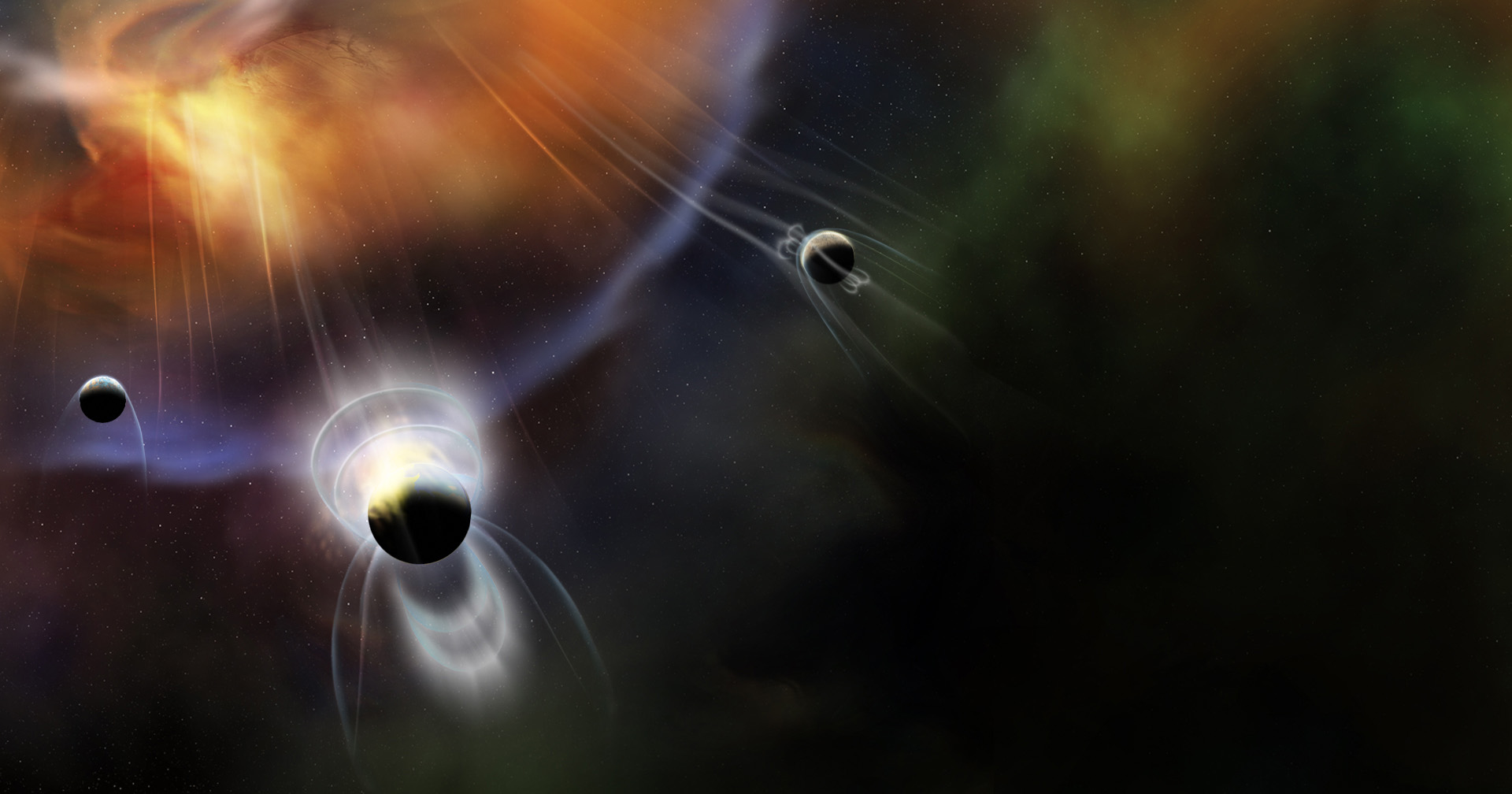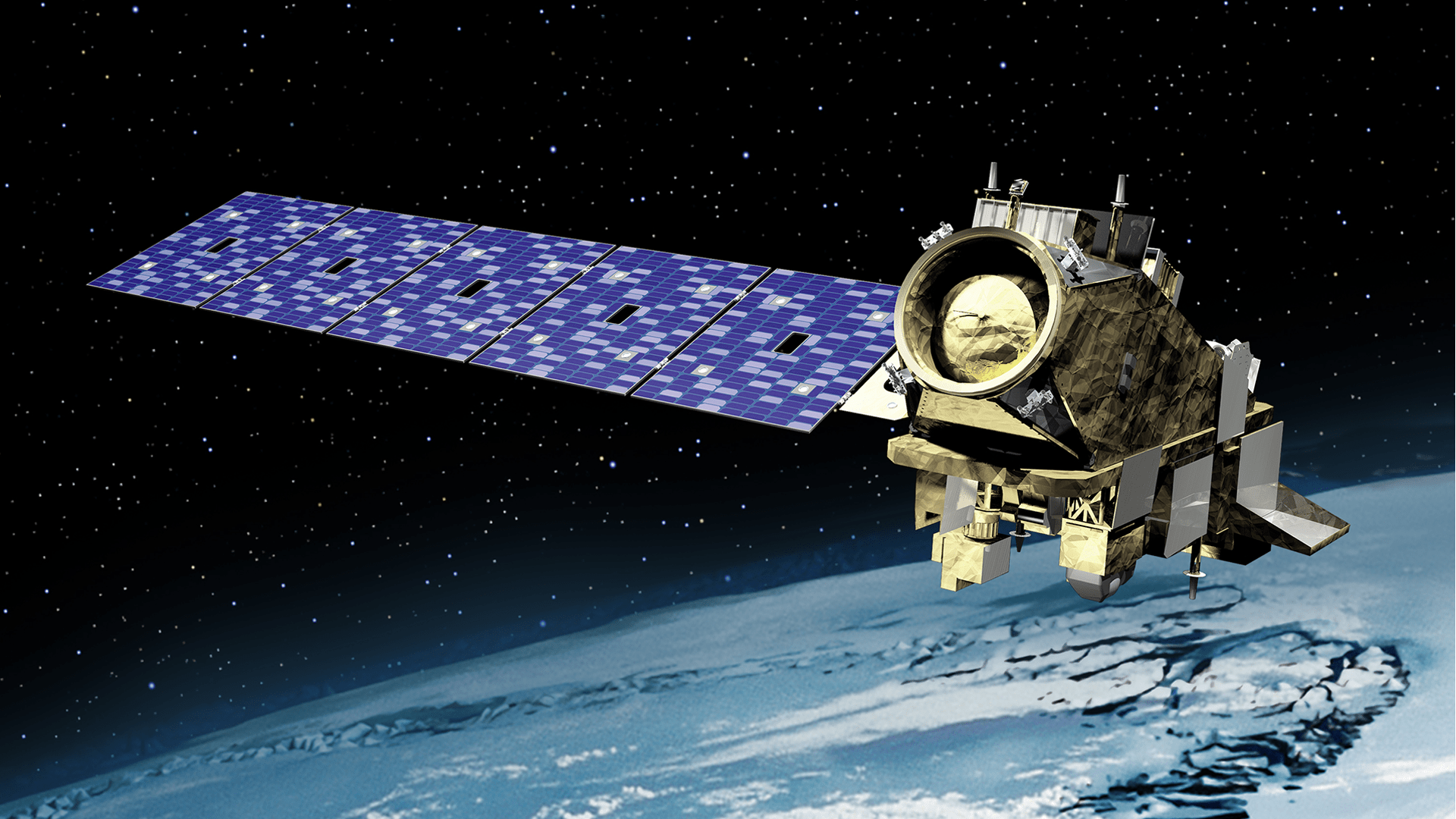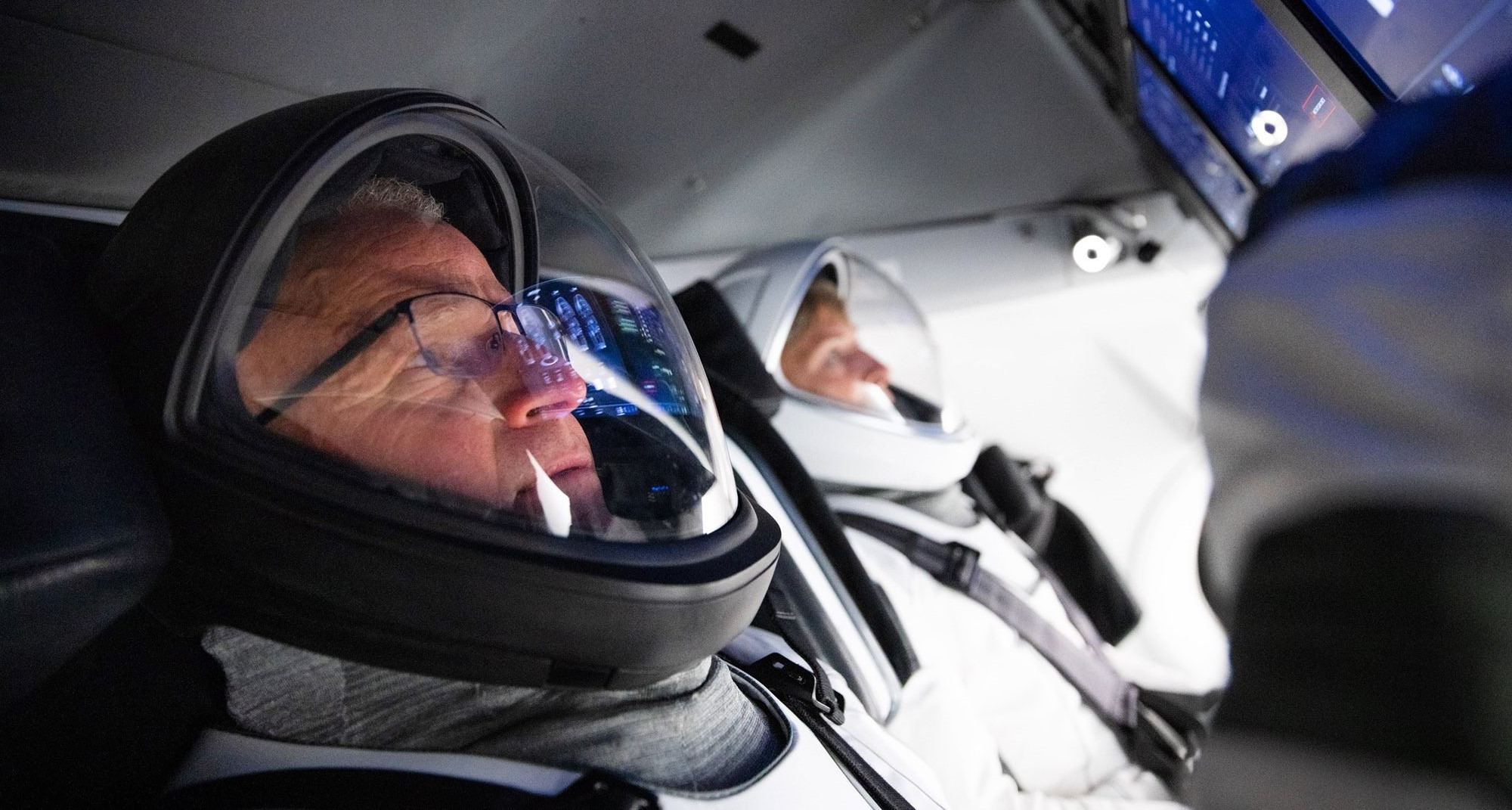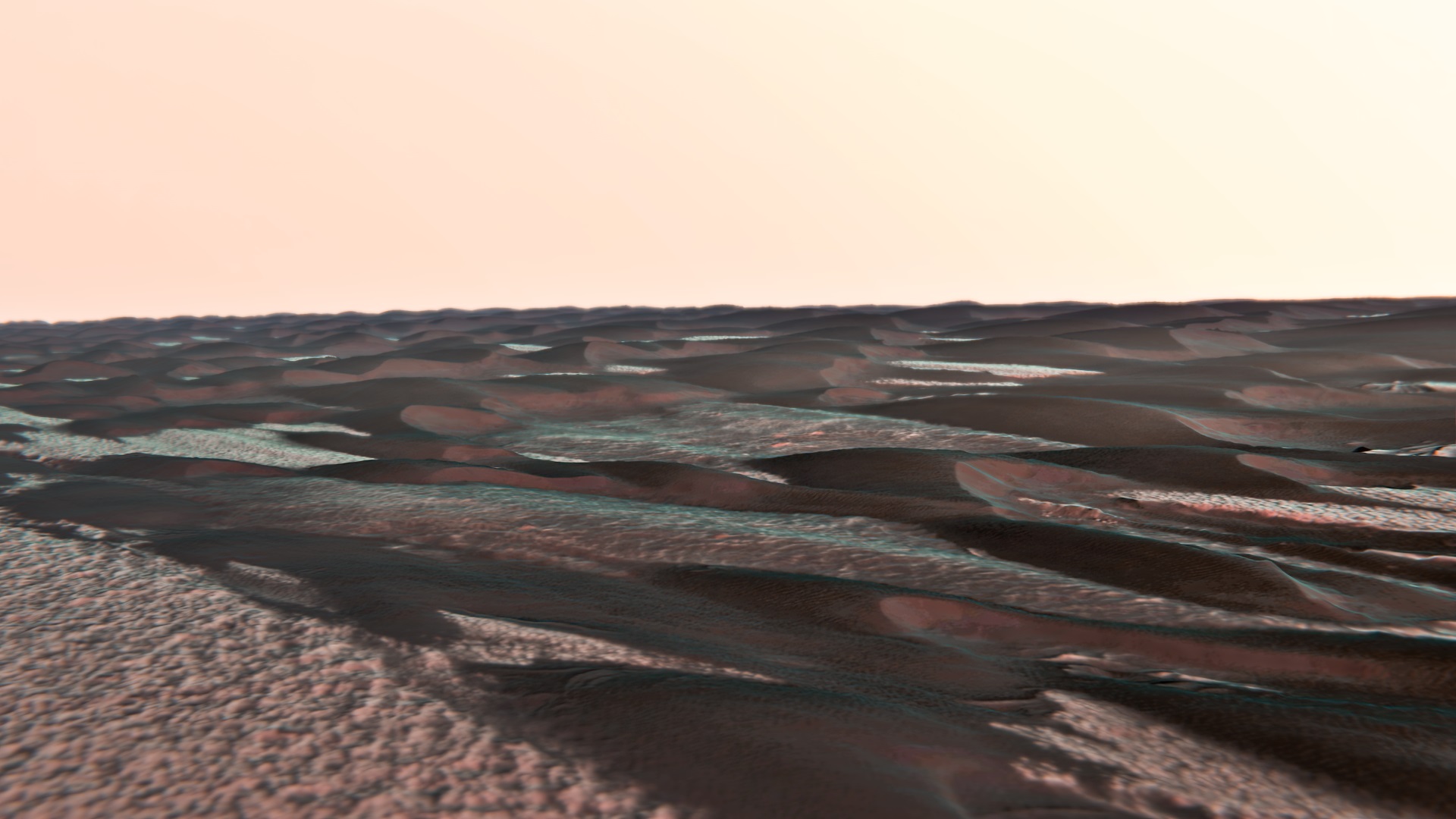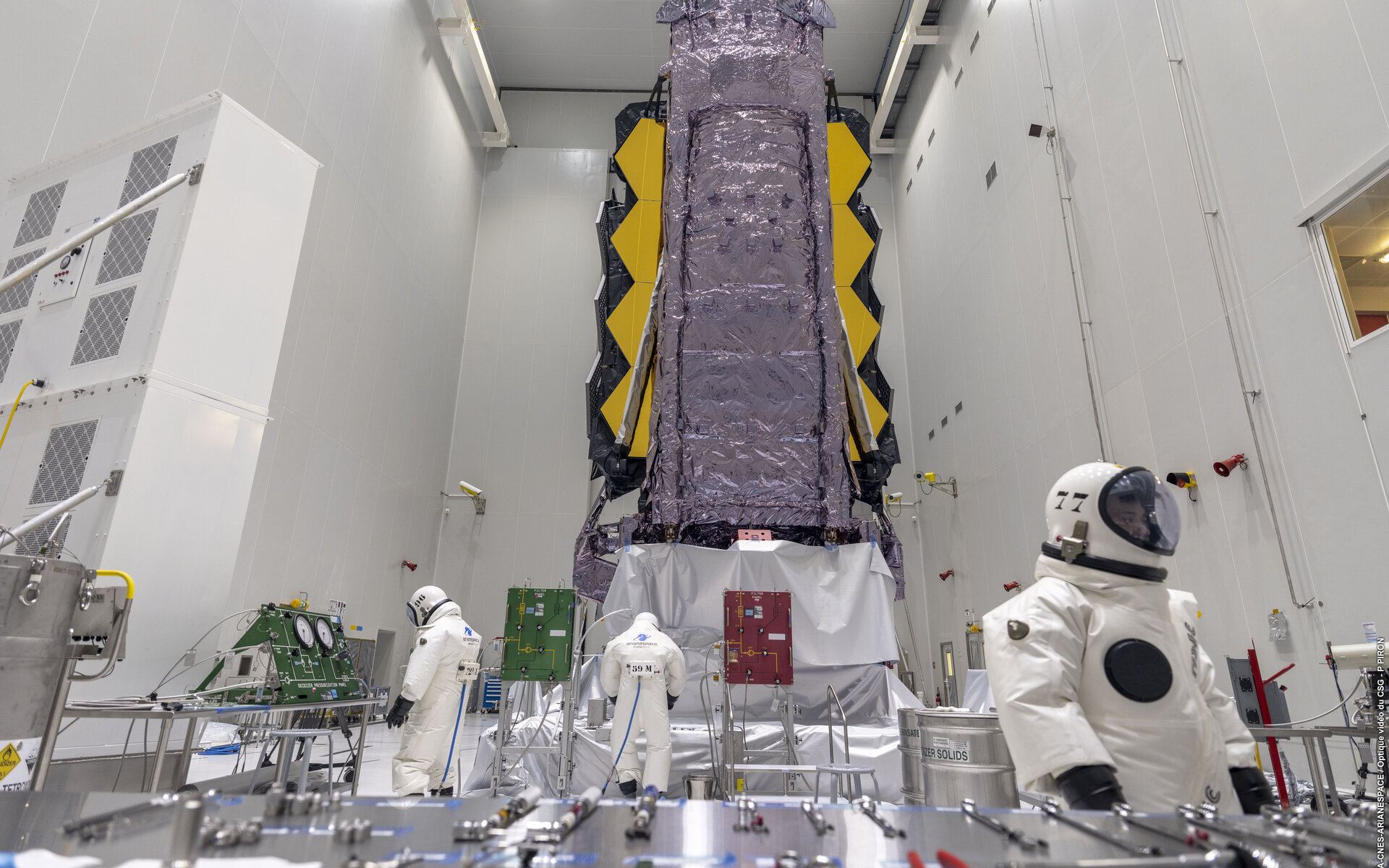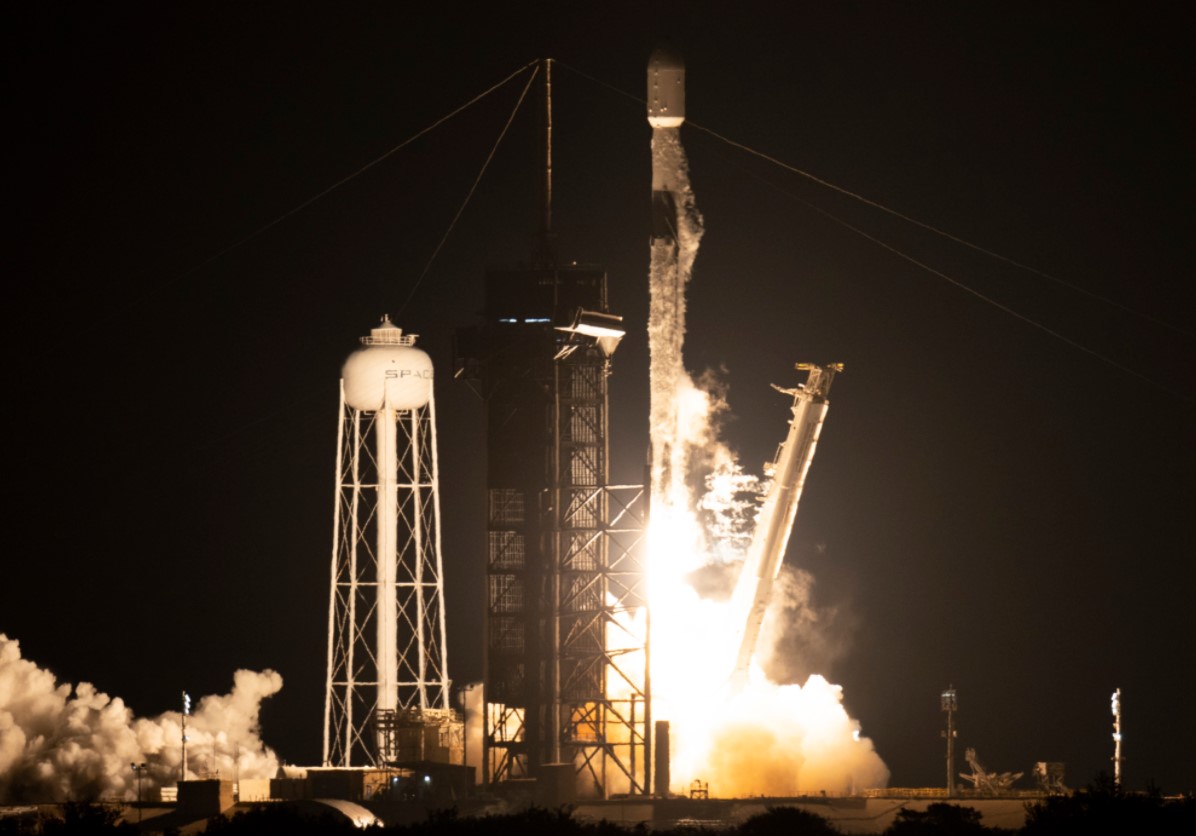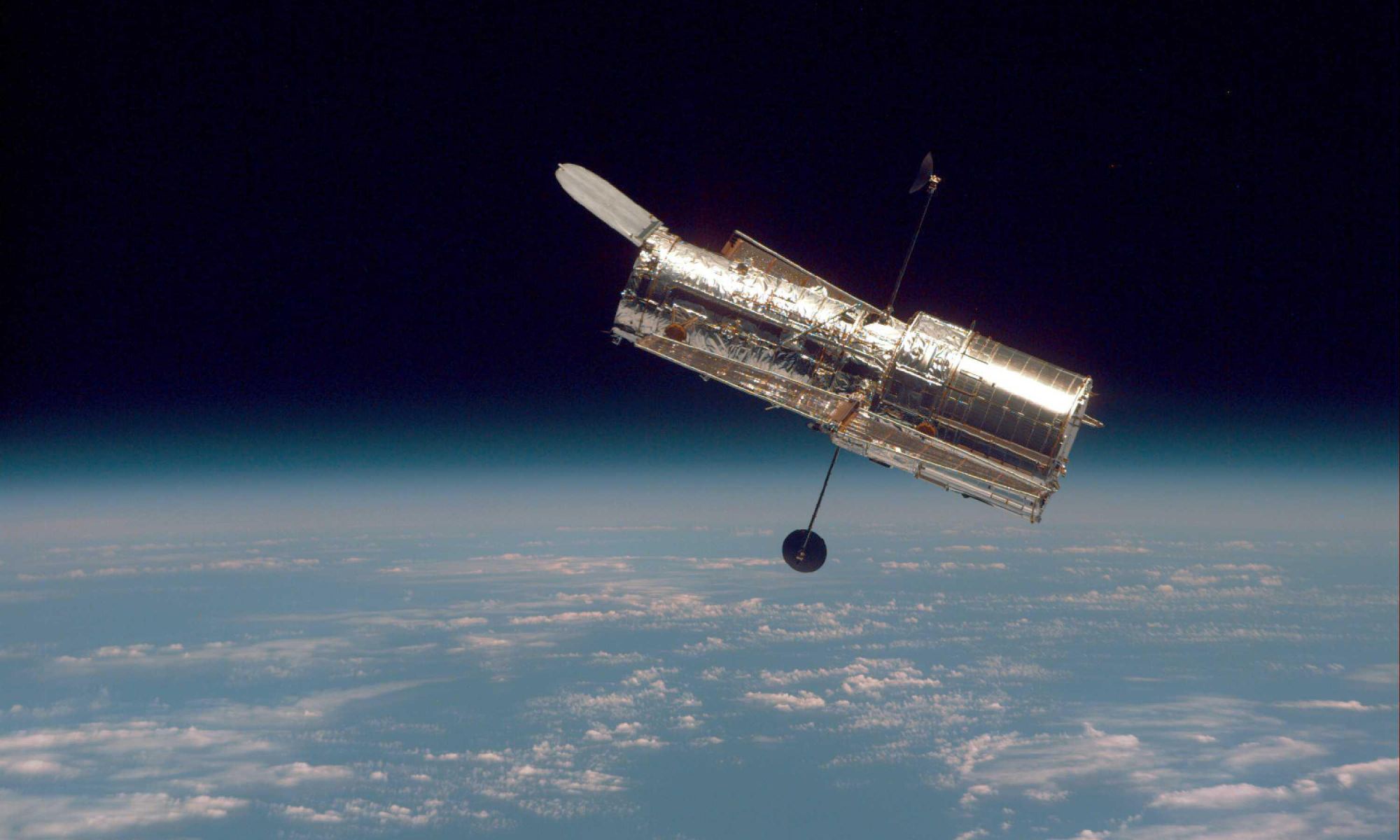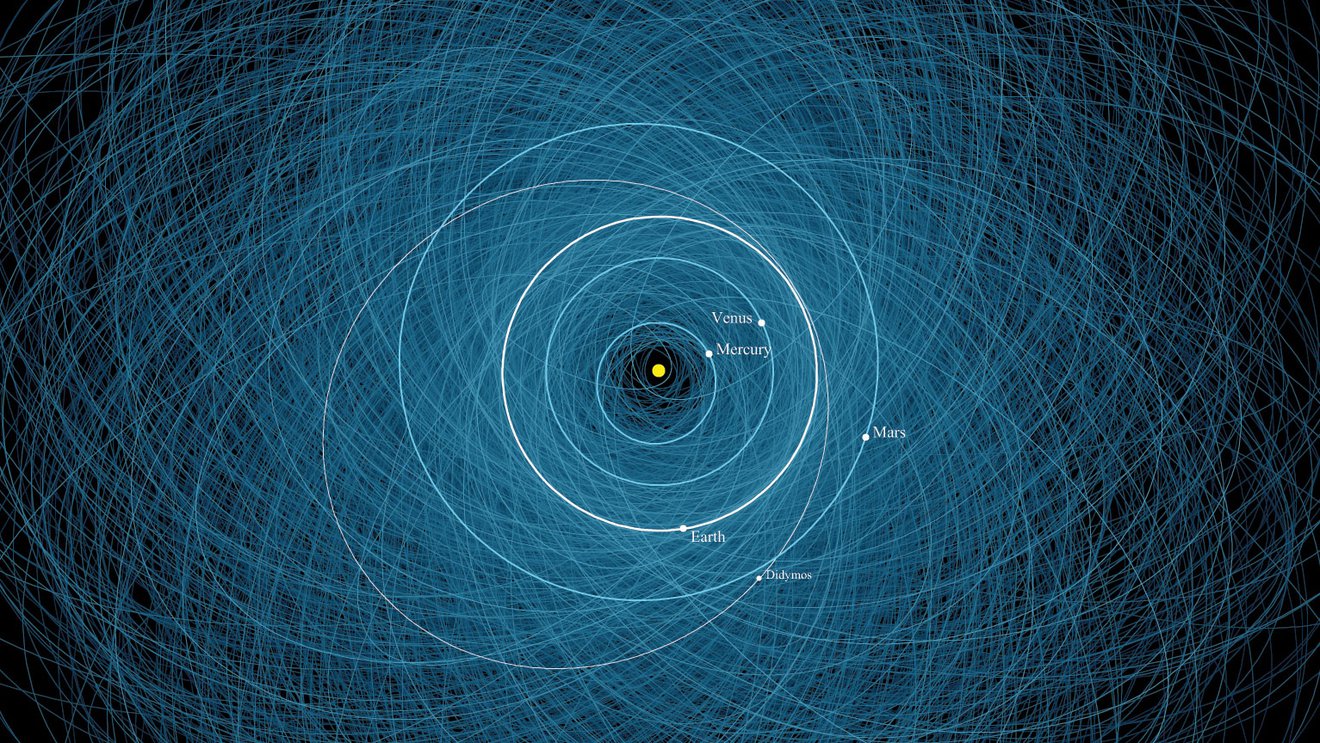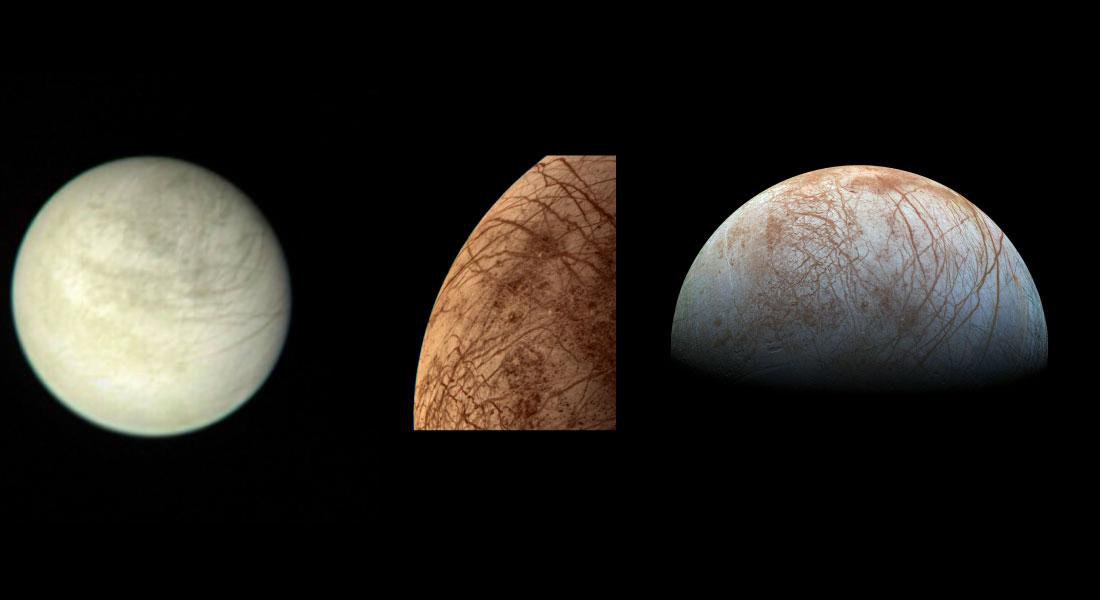Thanks to the explosion in discoveries made in the last decade, the study of extrasolar planets have entered a new phase. With 4,884 confirmed discoveries in 3,659 systems (and another 7,958 candidates awaiting confirmation), scientists are shifting their focus from discovery to characterization. This means examining known exoplanets more closely to determine if they possess the necessary conditions for life, as well as “biomarkers” that could indicate the presence of life.
A key consideration is how the type of star may impact a planet’s chances of developing the right conditions for habitability. Consider red dwarf stars, the most common stellar class in the Universe and a great place to find “Earth-like,” rocky planets. According to a new study by an international team of scientists, a lifeless planet in our own backyard (Mars) might have evolved differently had it orbited a red dwarf instead of the Sun.
Continue reading “Would Mars be More Habitable if it Orbited a Red Dwarf?”
